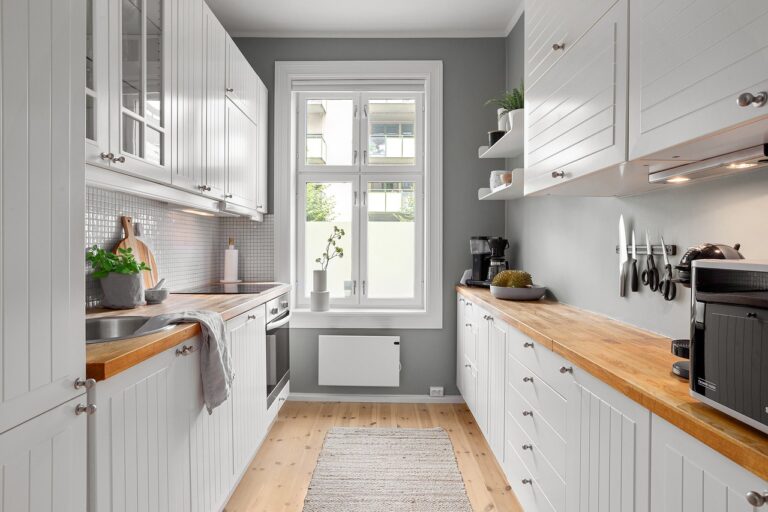Renewable Materials for Home Construction: Exploring Eco-Friendly Options
Sustainable building materials are essential components in the construction industry that prioritize the health of the environment and occupants of a building. These materials are sourced, manufactured, and utilized in a way that minimizes negative impacts on the environment, promotes energy efficiency, and contributes to the overall well-being of individuals.
Examples of sustainable building materials include bamboo, reclaimed wood, recycled metal, and low volatile organic compound (VOC) paint. When these materials are used in construction projects, they not only reduce the carbon footprint but also enhance indoor air quality, increase energy efficiency, and create a healthier living space for occupants. By choosing sustainable building materials, builders, designers, and homeowners can play a significant role in promoting environmental conservation and creating more sustainable communities for future generations.
Benefits of Using Eco-Friendly Materials in Home Construction
Eco-friendly materials offer numerous advantages when used in home construction. In addition to promoting environmental sustainability, these materials also contribute to healthier living spaces for occupants. By reducing exposure to harmful chemicals commonly found in traditional building materials, eco-friendly options can help improve indoor air quality and overall well-being.
Furthermore, incorporating sustainable materials in home construction can lead to long-term cost savings for homeowners. While initial investments might be slightly higher, the durability and energy efficiency of eco-friendly materials often result in lower maintenance and utility expenses over time. Additionally, using renewable resources in construction supports the conservation of natural habitats and reduces the carbon footprint associated with building projects.
Types of Renewable Materials for Home Construction
When it comes to constructing a sustainable home, utilizing renewable materials is key. One popular option is bamboo, known for its rapid growth and durability. Bamboo can be used for flooring, furniture, and even as a structural element in a home.
Cork is another renewable material gaining popularity in home construction. Harvested from the bark of cork oak trees, this material is not only eco-friendly but also provides natural insulation and is resistant to mold and mildew. Cork can be used for flooring, wall coverings, and even as a stylish alternative to traditional insulation materials.
What are some examples of renewable materials that can be used in home construction?
Some examples of renewable materials that can be used in home construction include bamboo, cork, reclaimed wood, recycled glass, and straw bales.
How do renewable materials benefit the environment in home construction?
Renewable materials help reduce the consumption of finite resources, minimize waste, lower energy consumption during production, and promote healthier indoor air quality.
Are renewable materials more expensive than traditional building materials?
While some renewable materials may have a higher upfront cost, they often provide long-term savings through energy efficiency and lower maintenance costs.
Can renewable materials be used for all aspects of home construction?
Yes, renewable materials can be used for a variety of purposes in home construction, including flooring, walls, insulation, roofing, and siding.
How can homeowners ensure the quality and durability of renewable materials?
Homeowners should look for certifications from reputable organizations, conduct research on the performance of specific materials, and consult with professionals in sustainable building practices.







